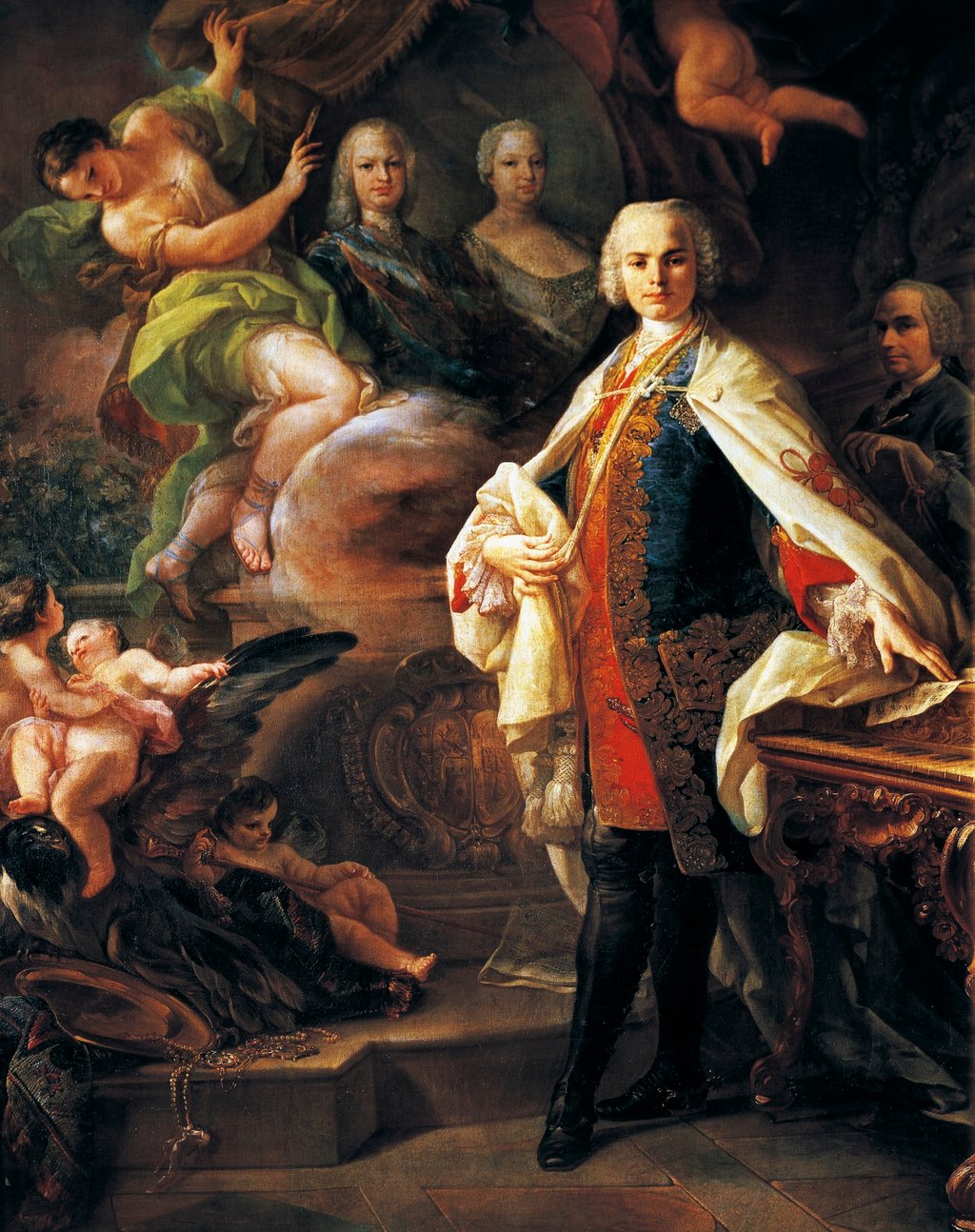“It is not so much that a countertenor is rare but that the style of singing is rarely pursued,” Ding says.
Consider a falsetto, he says of the voice used by male singers – in particular tenors – to sing notes above their normal range. Everyone, he says, is capable of hitting high notes but some choose not to.

“If you see a mouse running across the floor then you might let out a high-pitched scream,” says Ding, 25.
Ding, who holds a Masters in Musicology from the University of Edinburgh in Scotland, in Britain, and a BA in Music from the University of Hong Kong, also likes how countertenors defy audience – and societal – expectations.
People often link pitch with gender, he says. Many who hear a countertenor might assume they are listening to a woman.
“People expect females to have high voices and males to have lower ones – that happens often in our daily life,” he says. “It is not bad that a man might sing or speak in a high voice, or a woman in a low one; people just don’t expect it.”
There are many examples of male artists who have carved successful careers by embracing falsetto – and not just in opera.
In the 1960s and 1970s, British pop trio the Bee Gees used falsetto for many of their songs, with “Staying Alive” a perfect example. Even Bruce Dickinson, lead vocalist of 1980s metal rockers Iron Maiden, hit some high notes.
The golden age for the countertenor, says Ding, was in the 15th and 16th centuries, when women were banned from performing on the stage, opening the door for men to fill roles that were typically reserved for women.
But sustaining a high pitch came at a high price – and a painful one.
To preserve the pure, angelic voices of prepubescent choir boys, they underwent castration – the removal of the testicles, often without anaesthesia. Known as castrati, they were the rock stars of their day.

According to a study, “Castrati Singers: Surgery for Religion”, published in the US National Library of Medicine, the training procedure to become a castrato singer was intense, lasting up to 10 years, with boys typically castrated before the age of nine.
When they grew up they had feminine characteristics, such as a smooth, hairless body, breasts, and an infantile penis, it says.
Italian Carlo Broschi, born in 1705 and better known by his stage name Farinelli, is considered one of the greatest singers in the history of opera. He was a product of this unnatural practice, which ended in 1878 when, as head of the Catholic Church, Pope Leo XIII banned the church from hiring castrati.
Today, male singers, with the help of vocal training, can naturally lift their normal speaking voice by manipulating the muscles of the larynx and the position of the vocal cords.
The repertoire of a countertenor covers a wide range of Baroque and other early music, including works by composers such as Handel, Vivaldi and Monteverdi, Ding says.
“In Chinese opera, we have one called the Tale of the White Snake, where a green snake, the white snake’s companion, is played by a countertenor.”
There is also a growing number of contemporary pieces written for the voice. Ding cites Flight, an opera by British dramatist April de Angelis.

